Gov. Jerry Brown officially declared a drought in the state of California earlier this year. Heal the Bay is part of a coalition of concerned NGOs that is evaluating long-term solutions to water management in California and exploring a more integrated path forward. Here are some thoughts about what a drought declaration means.
Here’s what drought in the Golden State looks like: consecutive dry years with no immediate relief in sight and until recently no real usage restrictions while the state’s reservoirs and rivers run dry. We’ve all seen the extreme versions of California’s traditional wet and dry cycles. But what if this really is the new normal? Some water agencies, especially in the south, continue to say water supplies are ample for the next couple of years. But with the effects of climate change already being felt, it’s clearly time to adapt.
Like a dieter who abandons short-term fad fixes, we now have to think about permanent and fundamental changes in our water behavior. As some of us step on the scale and realize the need for a drastic lifestyle change, so too must we design our water diet for the coming future. As with any change in behavior, it may be uncomfortable to change our water habits. But looking back to recent history, there is cause for optimism.
During the droughts of 1976-77 and 1986-91, California put incentives and programs into place that reduced water demand in the urban sector. Even with increases in population, water demand remained flat. Incentives focused on indoor water usage, and drove changes in plumbing fixtures such as ultra-low flow toilets. L.A. community-based organizations replaced over 1.5 million toilets, along with showerheads and sink aerators. Public awareness programs made people aware of leaks, and restrictions limited outdoor water waste. Statewide per capita water usage dropped, prices raised, and obscure water agencies suddenly became visible. Terms like aquifer, watershed, and groundwater were being used while sanitation agencies that traditionally dumped treated sewage into the ocean began treating it to the level that it was safe to use for groundwater recharge, most notably in Orange County.
We are now in another dry cycle and we must seize on opportunities to save water. How can Californians build on previous successes to do their part? Here are some important ways to get started:
- Reduce leaks. As a homeowner or renter, the best way to determine if you have a leak is to turn off all taps and see if the dials still turn on your water meter. If they do, you have a leak. You are usually responsible for leaks from the meter to your property. Some municipalities and water agencies will adjust bills when leaks have been repaired. We also need to address leaks on a district or city scale. The average California city leaks 8-10% of its water because of old pipes underground, wasting not only water but the embedded energy used in pumping and treating our water. Let your elected officials know that they need to make our community drought proof by reducing leaks, those mains that continually break.
- Upgrade your landscape and irrigation. Still living in the ‘50s with a large front grass lawn? During dry conditions many are letting their lawns die, but sprinkler systems eventually creep back on. There are more appropriate landscape choices. Smart water agencies are actually paying people to remove grass and replace it with plants that thrive in dry conditions and don’t require constant watering and mowing. It’s also an opportunity to reset your front yard so it isn’t just flat and shedding water onto the street and into our oceans. Try capturing water with swales while putting it back into the ground. The use of mulch with drip irrigation or micro-sprinklers further eliminates water usage and runoff onto the street.
- Install stormwater and rainwater catchments. Droughts are often followed by flooding. Even within droughts there are wet periods, like three years ago when heavy rains allowed storage to refill and this last November when the San Francisco Bay area flooded. We should be prepared to capture and use what comes when it rains. We need to be prepared with systems in place and not miss opportunities. Many cities offer rain barrels or cisterns at a discount.
- Check the toilet. A little-known law takes effect this year requiring the replacement of all water-wasting toilets with 1.6-gallon versions. Millions of old toilets were replaced with incentives in the 90s, but many of those are now outdated and leak through worn flapper valves. Check your tank by putting vegetable dye into the tank and wait to see if it shows up in the bowl. These silent leaks add up and can be easily fixed with replacing flapper valves or new high efficiency 1.2-gallon toilets.
- Go greywater. Greywater systems capture everything but your toilet and kitchen water. The systems can now be legally used in California within certain guidelines. This water can be reused for irrigation and shouldn’t just be dumped into the stormdrain. Some cities are offering landscape meters, acknowledging the larger amount of water wasted outdoors.
Larger policy issues for the state of California related to drought include lack of groundwater regulations, lack of meters for agricultural agencies and re-thinking water rights. Other topics include prioritizing the need to capture stormwater more aggressively and increased wastewater recycling. Greater watershed management, from the forest to the seas, needs investment, including aquifer cleanup (the underground reservoirs that hold groundwater). Water bonds are being discussed now at the state legislature and they need to look first to local solutions and incentives to save water.
The discussions around expensive diversion tunnels must prioritize maximizing local water supplies. Water supply is indeed limited and we need to make permanent changes.
If we look at this dry time across the West it can be seen as a window into the future. And our future may look a lot like Australia’s. Faced with long-term drought, the nation reduced demand to 30-50 gallons per day per person. Investments were made, some good and some bad, and prices rose. Policy changes were made and water catchment systems, tanks and cisterns were put into place. When the drought turned to flood, water was captured in a decentralized manner.
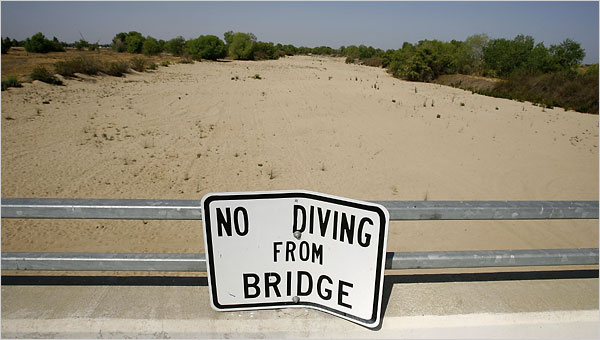
California’s per capita water usage is at 174 gallons, while L.A. is at 123 and Sacramento is at 224.
Urban water agencies are required by state law to reduce consumption 20% by 2020. Only by innovating and investing locally in reducing water demand – and creating green, local jobs in the process – can we achieve the Governor’s Water Action Plan. Simply put, conservation needs to become a way of life. Many government leaders have adopted a conservation ethic, along with smart business and agriculture interests. We need to reward that efficiency, rather than chasing after costly and unsustainable engineered solutions.
After all, baby, it’s dry outside and the well is running dry.
Thanks to Conner Everts, longtime Heal the Bay partner and Executive Director of the Southern California Watershed Alliance, for his efforts on this piece.
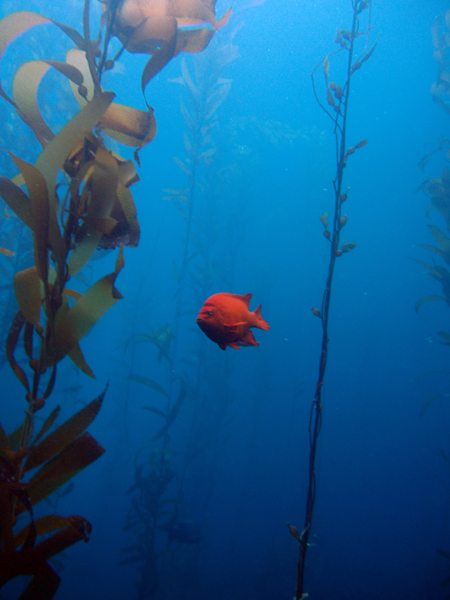 A few weeks ago I had the incredible opportunity to fly in a four-passenger, single engine airplane over L.A.’s beautiful coast. The flight was provided by LightHawk, a nonprofit whose mission is to champion environmental protection through the unique perspective of flight. Mike Sutton, president of the California Fish and Game Commission, served as pilot on this eye-opening journey.
A few weeks ago I had the incredible opportunity to fly in a four-passenger, single engine airplane over L.A.’s beautiful coast. The flight was provided by LightHawk, a nonprofit whose mission is to champion environmental protection through the unique perspective of flight. Mike Sutton, president of the California Fish and Game Commission, served as pilot on this eye-opening journey.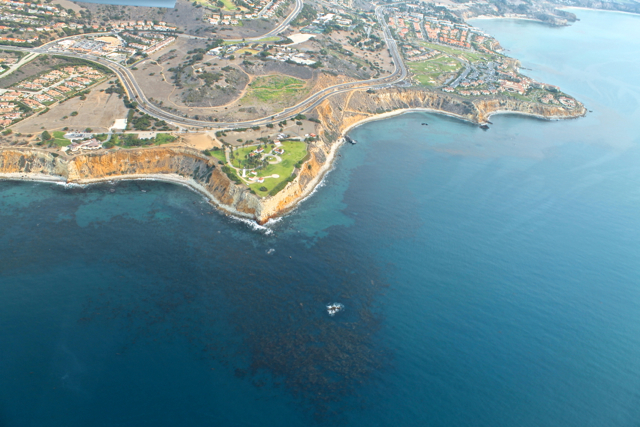



 Yes, people will criticize it from both sides – as either going too far, or not far enough. But this afternoon at the press conference at a manufacturing plant in Vernon it was heartening to see voices from labor, manufacturers, community groups and the environment come together. Everyone can rally around a solution that shows that California continues to lead on issues that are good for the environment
Yes, people will criticize it from both sides – as either going too far, or not far enough. But this afternoon at the press conference at a manufacturing plant in Vernon it was heartening to see voices from labor, manufacturers, community groups and the environment come together. Everyone can rally around a solution that shows that California continues to lead on issues that are good for the environment 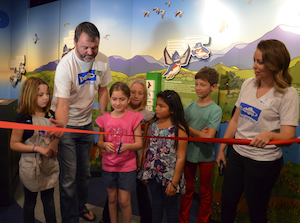

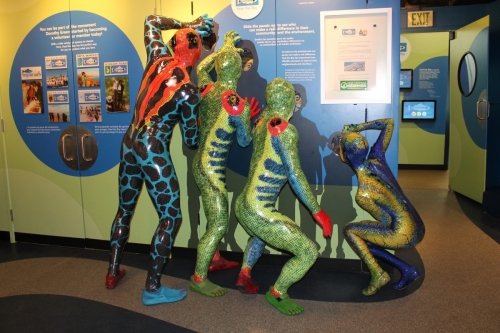 TOTEM critters explore SMPA’s new watershed exhibit, named for Dorothy Green.
TOTEM critters explore SMPA’s new watershed exhibit, named for Dorothy Green.